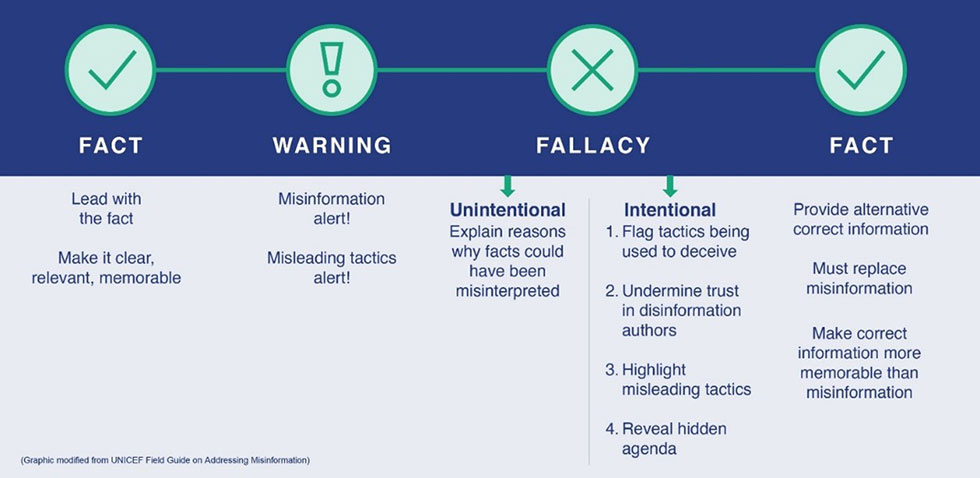¿Necesitas Español?
Project Dates: May 11, 2021 – September 29, 2022
Collaborating to Increase COVID-19 Vaccination Rates
The University of Washington Health Promotion Research Center (UW HPRC) partnered with community members and organizations to increase vaccination rates for underserved communities.
While the project began with a focus in King County, Washington, partnerships expanded to include Yakima County, which is a more rural and agricultural community with a higher Latino population. We aimed to reach Latino, Black, and immigrant multigenerational households with elders and adults working in essential industries. The project team and its partners chose to focus on communities experiencing barriers to accessing COVID-19 vaccines, as well as higher infection and death rates.
Bilingual community members and community organizations are essential in helping share vital health information with their language communities. The University of Washington offers online training for information navigators to provide support and education to their community members around vaccination. Community members who collaborate and complete training are known as health information navigators.
With the resources on from this project, you can help your cultural and language communities protect themselves and others from COVID-19 by sharing accurate information about the virus and increasing vaccination rates among community members.
Tips for Debunking Misinformation
The spread of misinformation (or what is also called false information) on social media and through other channels is affecting people’s confidence and trust in vaccines, including COVID-19 vaccines. This misinformation, intentional or not, can cause people to decide against getting vaccines based on incorrect information. We know vaccines save lives and reduce the risk of serious illness or having to go to the hospital for COVID-19.
You can take the COVID-19 Information Navigator to help you learn more about sharing accurate health information with your community.
We also encourage you to follow the steps below to help address misinformation.

- Lead with the fact. Make it clear, relevant, and memorable.
- Warn people you are about to discuss or share a piece of misinformation in order to debunk it.
- Explain the fallacy, such as why facts could have been misinterpreted, hidden agendas, or misleading tactics (if you can or feel comfortable/safe doing so).
- Repeat the fact. Replace the misinformation as the last thing being said. Help make correct information more memorable by repeating it.
Project Funding Information
The Partnership for Vaccine Confidence project was part of a national effort with U.S. Centers for Disease Control and Prevention (CDC) known as the Connecting Behavioral Science to COVID-19 Vaccine Demand (CBS-CVD) Network. Thanks to $500,000 in funding from the CDC, the UW Health Promotion Research Center contributed to the national vaccination effort through local partnerships.
The COVID-19 Information Navigator Training (English version) was made possible thanks to a Nimble Grant from the Pacific Hospital Preservation and Development Authority (PHPSA).
The Partnership for Vaccine Confidence (PaVC) was supported by the Centers for Disease Control and Prevention’s (CDC) Prevention Research Centers (PRC) network, and the U.S. Department of Health and Human Services (HHS) as part of a financial assistance award totaling $500,000. The contents of this webpage are those of the UW Health Promotion Research Center and do not necessarily represent the official views of, nor an endorsement, by CDC, HHS, or the U.S. Government.